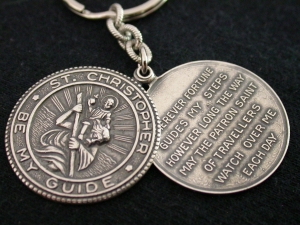Q. 109. What sins are forbidden in the second commandment? A. The sins forbidden in the second commandment are, all devising, counseling, commanding, using, and any wise approving, any religious worship not instituted by God himself; the making any representation of God, . . . Continue reading →
With Presbycast On Christmas, Pictures, And Ricky Bobby
When it comes to Christmas it gets, as they say, complicated for confessional Presbyterian and Reformed Christians. On the one hand, we heartily affirm the Scriptures and the ecumenical creeds on the incarnation of our Lord. We confess that Mary was the . . . Continue reading →






